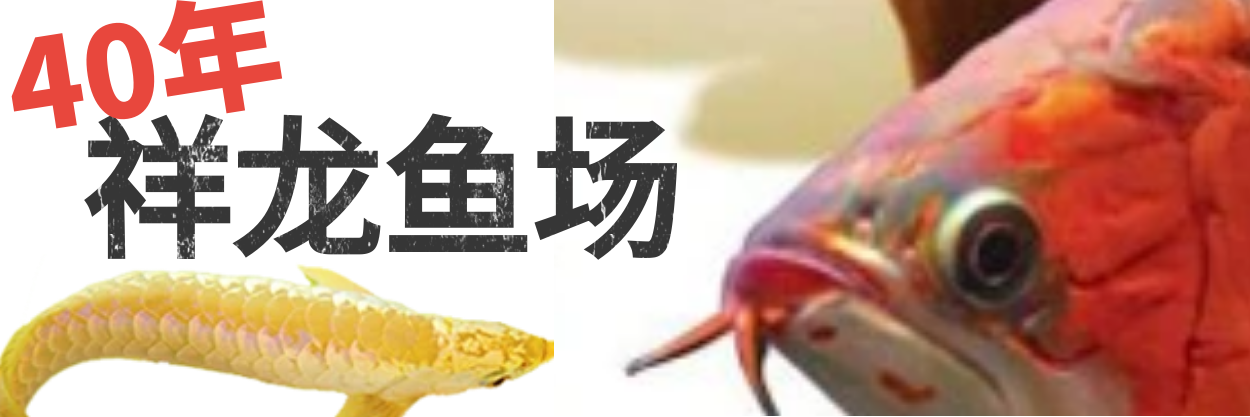金龙鱼英文名字【金龙鱼的英文名字是"goldencarp"】
金龙鱼的英文名字是 "Golden Carp",以下是一些关于金龙鱼的疑问句:,1、What is the scientific name for Golden Carp?,2、Where does the Golden Carp primarily live in the wild?,3、How big can a Golden Carp grow?,4、What do Golden Carp eat in their natural habitat?
金龙鱼的英文名字是 "Golden Carp",以下是一些关于金龙鱼的疑问句:
1、What is the scientific name for Golden Carp?
2、Where does the Golden Carp primarily live in the wild?
3、How big can a Golden Carp grow?
4、What do Golden Carp eat in their natural habitat?
5、Are there any significant differences between the male and female Golden Carp?
回答:
1、The scientific name for Golden Carp is Carassius auratus. This species belongs to the family Cyprinidae, which includes many freshwater fish found around the world. The name "auratus" refers to the golden coloration that these fish often exhibit, especially in their breeding season when they develop bright colors.
2、In the wild, Golden Carp are primarily found in East Asia, particularly in China and Japan. They inhabit freshwater bodies such as lakes, rivers, ponds, and reservoirs. Due to their adaptability and hardiness, they have been introduced to many other parts of the world, often leading to ecological concerns as invasive species.
3、Golden Carp can grow quite large, with some individuals reaching lengths of up to 40 centimeters (about 16 inches) or more. However, their size can vary depending on factors like genetics, environment, and food availability. In aquaculture settings, where they are bred for consumption, they may be smaller due to controlled growth conditions.
4、In their natural habitat, Golden Carp are omnivorous and have a varied diet that includes algae, plants, insects, crustaceans, and even small fish. They play an important role in ecosystems by helping to control algal blooms and maintaining the balance of aquatic vegetation. Their feeding habits also make them valuable in bio-manipulation projects aimed at improving water quality.
5、There are indeed some differences between male and female Golden Carp, especially during the breeding season. Males tend to be slimmer and more streamlined than females, which helps them chase after females during courtship displays. Females, on the other hand, are generally rounder and fuller-bodied, reflecting their role in carrying eggs. Additionally, males may develop nuptial colors, becoming more brightly colored to attract mates. These physical distinctions become more pronounced as the breeding season approaches.






发表评论